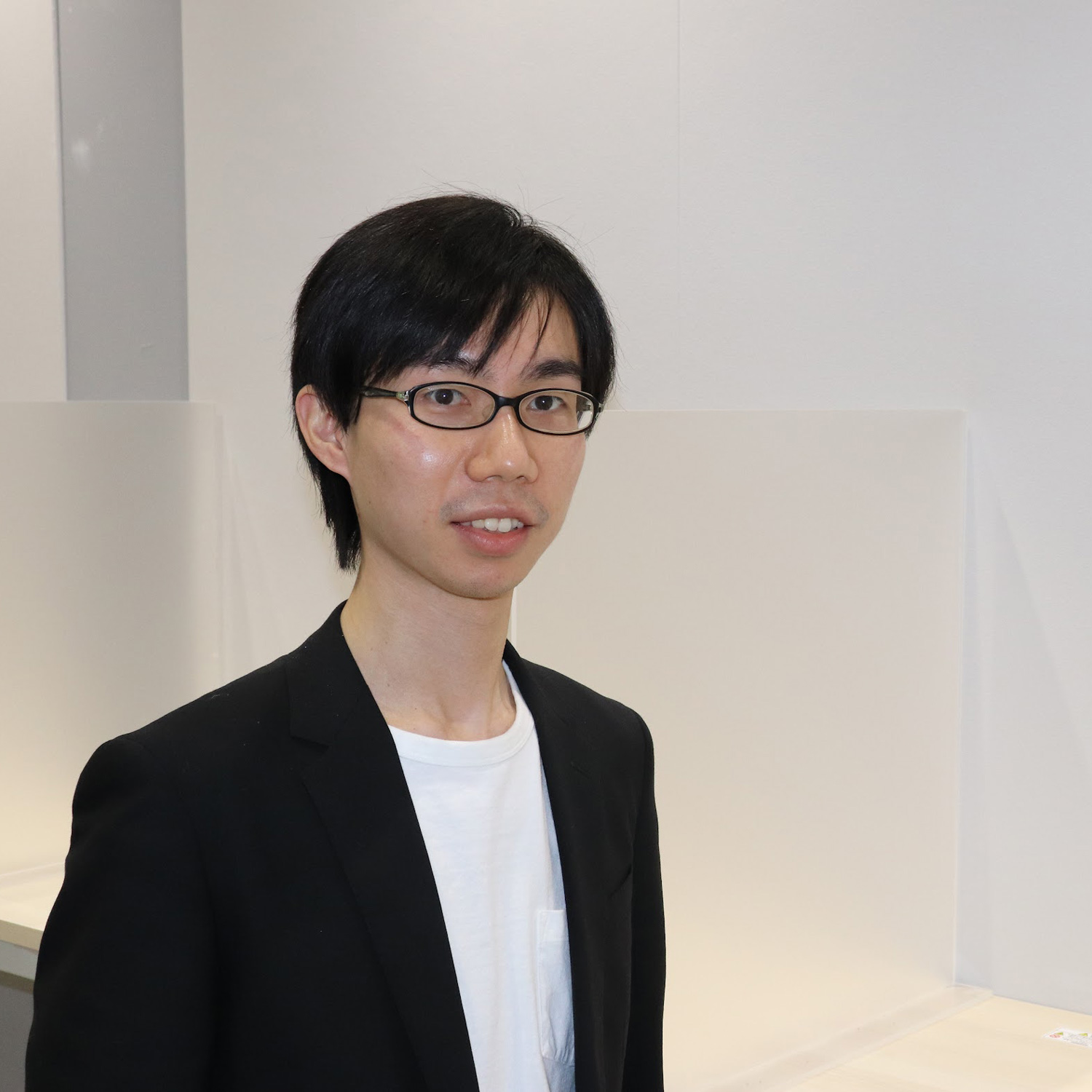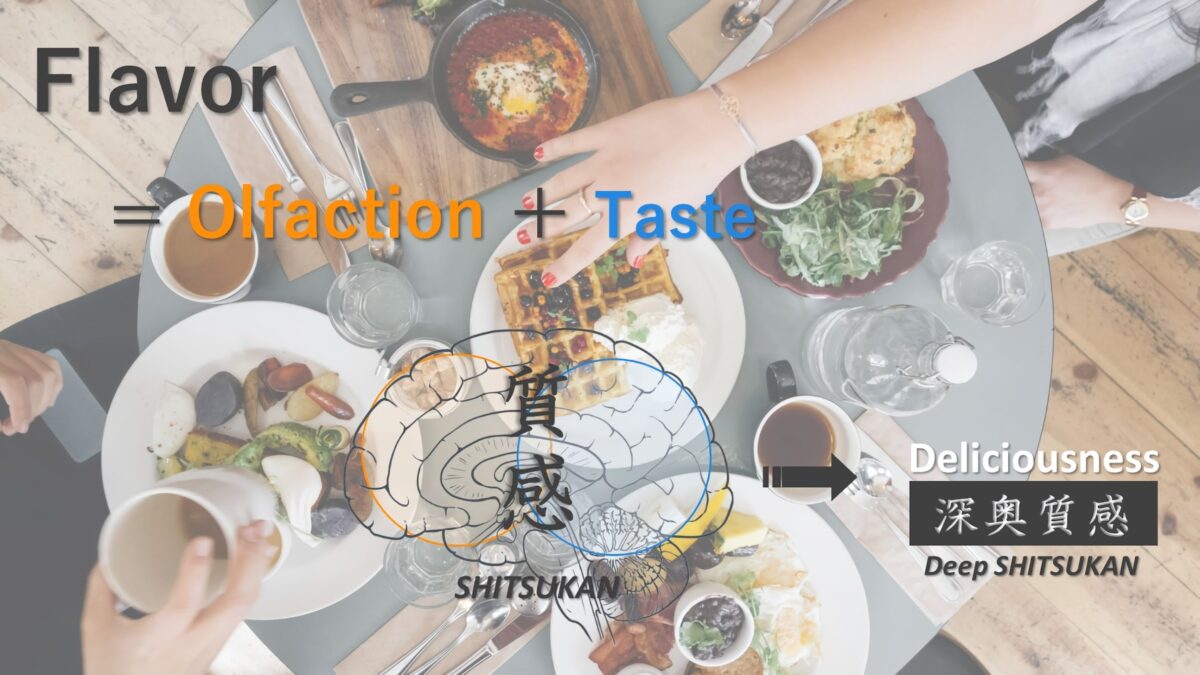D02-18 The neural mechanisms underlying flavor perception for generating deliciousness

When we have a cold and a stuffy nose, we have often experienced that food is not delicious. It is generally considered that deliciousness is dependent only on the sense of taste. However, in order for humans to feel that food tastes good, it is necessary to have an integrated “SHITSUKAN” that includes not only the taste but also the smell and the texture of the food on the tongue. Among these, the flavor integrated by the smell and taste of food is important for the perception of deliciousness. In particular, the main part of the flavor is the odor that passes from the mouth to the nose. Therefore, when the nose is stuffed, the flavor cannot be sensed and the deliciousness cannot be perceived. The purpose of this study is to clarify the mechanism of information processing in the brain for the flavor using electrophysiological and optogenetic methods. Specifically, we will develop a flavor discrimination task for rodents and elucidate the response characteristics of neurons in the medial prefrontal cortex (mPFC), which is important for flavor perception, and use optogenetics to clarify the effects of neural circuits from sensory input to the mPFC on flavor perception. We will also use optogenetics to elucidate the influence of neural circuits from sensory input to the mPFC on flavor perception.
